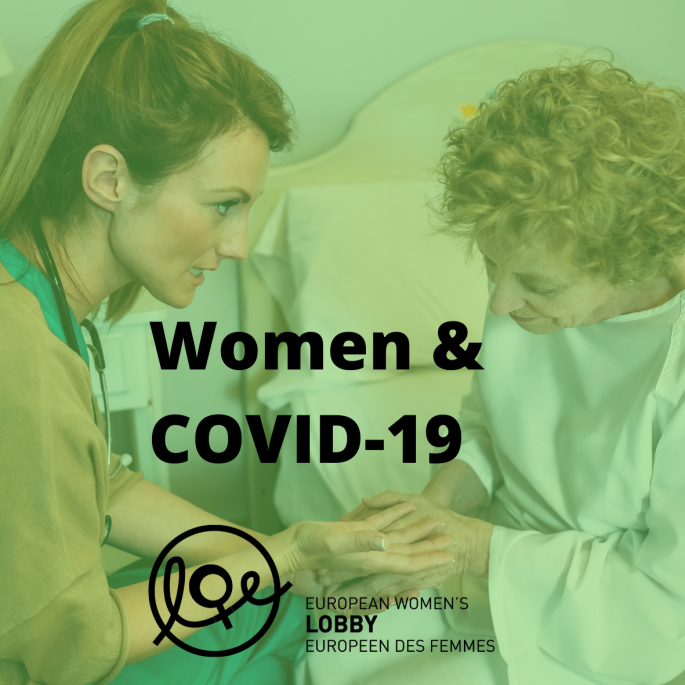Decent work, quality jobs and poverty - The Missing link in the EU2020.
EAPN Conference

[Brussels, 26 September 2014] The European Anti-Poverty Network and the S&D hosted a half-day conference on the aftermath of the economic crisis, the change in labour market conditions, social inclusion and poverty. The conference was divided into three parts; first from a NGO perspective, second from trade unions’ perspective and the last from an EU institution point of view, with representatives from the Parliament and Commission.
The focus in the first part was on quality jobs and work life poverty; announcing the decrease in the minimum wage and austerity policies such as mini jobs etc. It was pointed out that women are especially vulnerable and exposed to austerity policies; already having the lowest wages, already being in the risk-zone for poverty and having lower pensions.
The second part was from a trade unionist perspective announcing policy proposals that they advocate to increase worker’s rights.
For the last part, representatives from the European Parliament and Commission were heard on their point of view.
The conference had a very solid conclusion; the labour market in Europe today is insecure, unequal and unfortunate for those already having the worst conditions.
The panellists were very coherent in their perception on what is, and what is not, working in the EU labour market. They all agreed that the debate on employment in the EU has a strong emphasis on the quantitative dimension – the objectives focus on the level of employment but a discussion is lacking on whether you can live on the wage or not, if the conditions are humane or if the job offers any security in terms of long time contracts etc.
In a society where women are in general more vulnerable to these kinds of changes due to lower wages, worse conditions, taking more responsibility for care work and other unpaid work – the discussion of an insecure labour market is unavoidably an issue of gender equality. As much as the emphasis has to be on the quality of work, we also have to employ a gender perspective to really see who the target of the impact is and thus to truly be able to know how to solve the problem.




